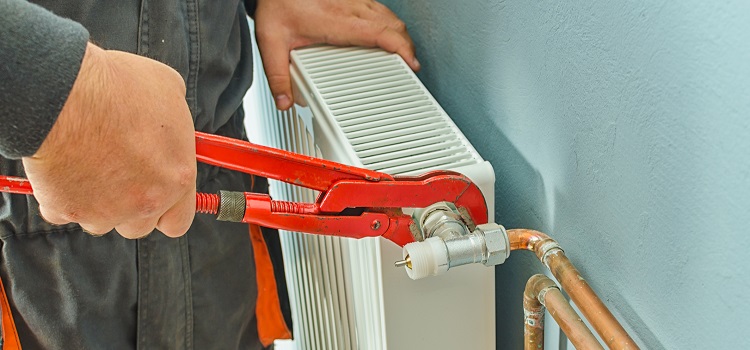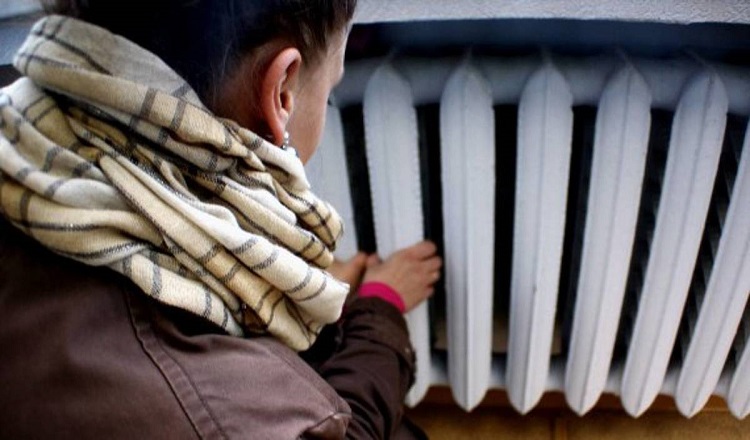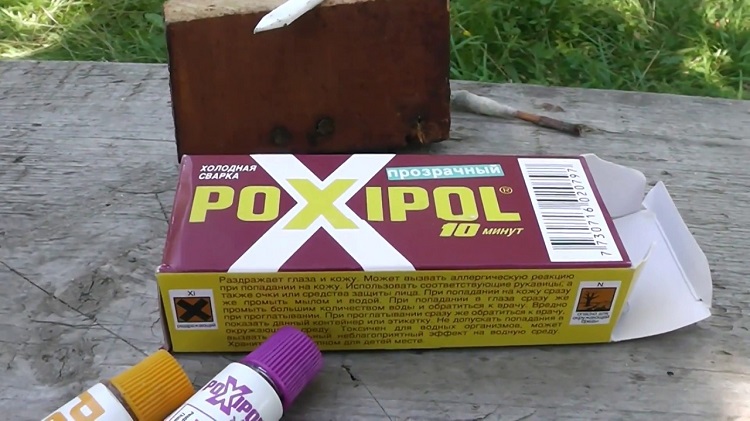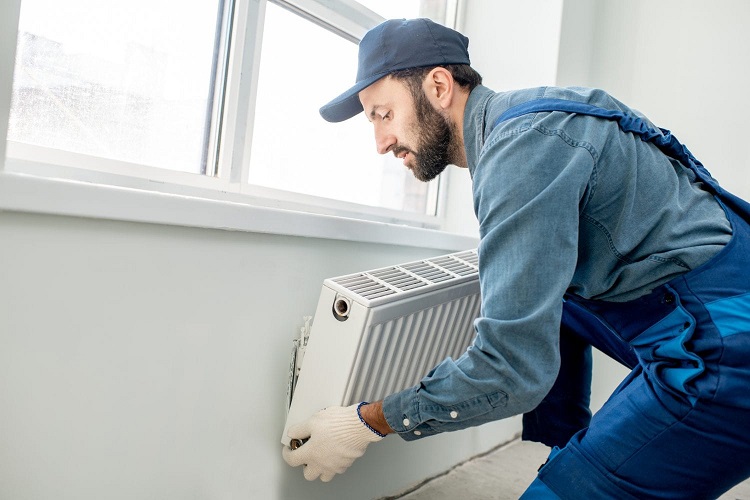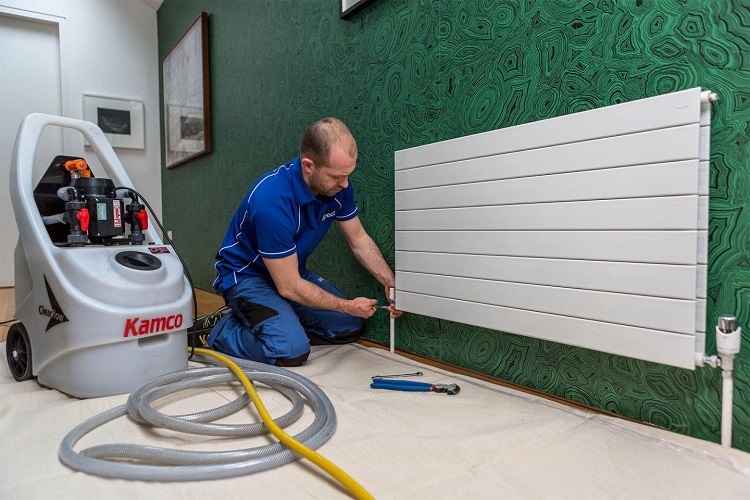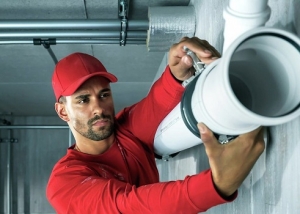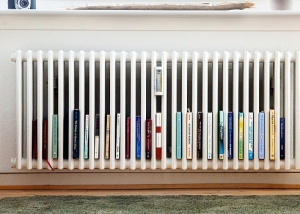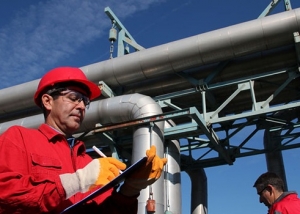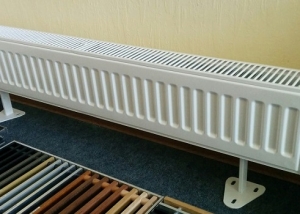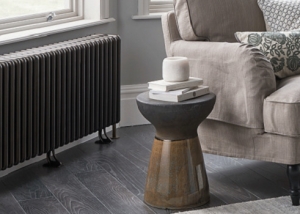Urban heating system is not the most economical scheme. Over time, the heating units (radiators) become clogged and lose their effectiveness, depressurization occurs at startup, urgent repair of heating batteries is required. Sometimes it’s enough just to rinse and / or paint, but there are also “difficult” cases that require welding or soldering. There are peculiarities in how to repair cast iron and bimetallic heating equipment.
Content
Common Causes of Radiator Failures
The city system has its advantages - just paying for utilities, in the heating season, the owners receive hot coolant in the apartment. No special care is required, but over time the pipes become clogged or a leak appears.
The main causes of the problems associated with the need to improve the quality of heat supply, update the appearance or completely replace the batteries:
- Decrease in thermal return (batteries are hardly warm, and pipes are hot).
- Deterioration of appearance (peeling paint, chips, rusty smudges).
- Radiator model mismatch closed loop circuit.
- Numerous signs of battery repair in a hurry (clamps, windings, inept welding of seams with influxes), inherited after the previous owners in the purchased apartment.
- Clogged pipes with low-quality coolant (organic sludge, rust, calcium plaque), which is why the batteries are cold, practically do not warm up, you need to clean or purge.
- The need for repair due to the noticeable destruction of threaded joints and the Mayevsky crane.
- The battery is noisy - crashing, clicking, crackling (the reasons are different, only specialists can diagnose and fix them). If pipes and radiators are made of different metal, they have a different heat capacity coefficient, heating and expansion rate. In some cases, noise and crackling is a warning of an upcoming disconnection.
- Air congestion is a sign of improper battery installation and the absence of an air vent. Gas is gradually released from the water; at low pressure, air builds up at the top of the circuit or at bends.
- The gradual destruction of aluminum batteries (due to electrochemical corrosion from incompatibility with copper in the boiler parts or due to the high acidity of the coolant).
Helpful advice! It is better to start the scheduled repair of cast iron batteries (or from another metal) at the end of the heating season or the day before.
Prevention of leaks in the heating system
Sometimes you have to turn to specialists, although much can be done independently. Private sector owners have to do a lot with their own hands to reduce the cost of repairs. In most cases, you can do it yourself, having a tool and improvised tools.
In order not to flood the neighbors and not to make repeated repairs, it is recommended to have everything necessary for emergency elimination of leaks at hand. Any easy repair begins with the preparation of the tool:
- adjustable wrench No. 2, 3 for plumbing;
- radiator key for nipples 5/4 (old "accordion") or for nipple 1 (modern models);
- a piece of pipe that helps to turn the key;
- sealant, silicone glue or other equivalent;
- tow with solid oil;
- clamps of suitable size;
- elastic harnesses or strips of rubber;
- "Cold welding" or other two-component polymer that forms a solid during the reaction.
After temporary elimination of the problem, a major restoration of the cast-iron device will still be required.
Note! A puddle is not always visible under the battery. Sometimes depressurization of sections can be detected only by increased humidity in a separate room.
It is good if there is the skill of laying clamps on a small crack in pipes or at joints. To do this, you will need to shut off the coolant supply in the apartment or in a separate room and block the depressurization place.
After performing simple manipulations on processing the joint and applying the clamp, you can resume the flow of hot water. It is recommended to check for airing (open the air outlet valve if necessary). All stages are available for independent execution. But this is a temporary measure, do not postpone the replacement of worn radiators for an indefinite period.
Battery Diagnostics
Battery leak has a reason, therefore it is desirable to eliminate it, and not just the consequences of the destruction of integrity. Most often, the upcoming breakthrough reminds of itself in advance with “symptoms”.
Important! It makes no sense to substitute a bowl under a leak - a big problem with a breakthrough in the absence of the apartment owners is possible. It is better to immediately try to correct the situation if a crack has formed in an accessible place.
There are often cases when neighbors from below complain that they were flooded, and there are no signs in the apartment - the taps are closed, the batteries do not leak. There are 2 likely causes - a crack in the pipe along the riser between the floors.
Only specialists can determine the location of the leak and how to fix the problem. If it is not possible to carry out preventive repair of heating batteries, you should figure out the cause of the malfunction. If the radiator cannot be repaired, it must be removed and replaced with a new one.
The simplest prevention is to purge clogged radiators, ending with their painting. After a comprehensive repair and cleaning of the heating system, the efficiency of old batteries will increase, and the service life will last. Not every composition is suitable for coloring batteries, a special heat-resistant paint is needed, it is recommended to remove the old layer with a special “wash”.
How to rinse the batteries
Every 2-3 years should be carried out preventive washing. What does it give:
- cleaning will increase the clearance in pipes and radiators, eliminating pressure drops;
- improve system throughput, increase heating efficiency;
- Identify weaknesses both inside the batteries and in the entire closed loop.
- radiators will give all the heat to the room.
Note! Purge is done with special pneumatic equipment. You can wash the radiators yourself with one of the most affordable methods.
Batteries cannot be washed at home without disconnecting the units from the pipes and turning off the general heating. Usually there is a lot of dirt inside, so you need to prepare the room in advance, lay a waterproof fabric on the floor, and remove the curtains. In the absence of a tap, draining the coolant from the system becomes more complicated, for this a wide capacity under the battery is needed.
The radiator is disconnected from the heating line with an adjustable wrench for plumbing. Draining water from it, transferred to the bathroom or utility room for further washing.Mud, consisting of organic sediment, calcium and rust is very corrosive, with an unpleasant sewer odor, so it is better to cover the bath with oilcloth or tarpaulin, which is then better to throw away. It is better to put the washed radiator not on the bottom of the bath, but on a wooden board or plastic tray.
Through openings in which there were plugs, water is supplied under pressure, for example, from a hose, cleaning continues until the supplied water is completely transparent. To enhance efficiency, it is recommended to add reagents that neutralize the unpleasant odor and remove rusty scale:
- sink cleaners;
- toilet "Duckling";
- soda ash with vinegar;
- "Mole" or its analogue;
- a solution of bleach or "White";
- any other tool for plumbing pipes.
The tool can be poured into a radiator and left overnight for a permanent reaction. After washing, plugs and taps are put in place, radiators are connected to the pipes. After checking the tightness of the connection, you can turn on general heating. Connections that are in doubt can be strengthened by cold welding.
Features of repair of bimetallic radiators
Replacement or restoration of old batteries should be done before the start of the heating season, when the tests of the heating system are checked.
The action algorithm looks like this:
- Shut off the coolant supply.
- Remove the aluminum casing from the bimetallic structure, if possible, exposing the tubular steel distributor so that problem areas are better visible.
- If possible, drain the remaining water from the radiator, blow dry the seams.
- On the problematic area, carry out the sealing with a suitable tool - silicone sealant, cold welding, liquid nails, tow with solid oil, bandage with epoxy resin, and other "ambulance".
- To withstand the rules for polymerization, if required by the instructions for use (solidol does not harden).
- Rewind the processed joint with bandage rubber and install the clamp, tightening the screws as much as possible.
- Connect the battery to the common heating, making sure that the leak is eliminated.
It is sometimes visually difficult to determine where the clogging of pipes occurred. It is difficult to say right away why one or another radiator in an apartment does not heat - steel, cast iron or aluminum. In this case, specialists with diagnostic equipment are needed. The need to flush the radiator or purge the pipes is a dirty process. We must be prepared for the fact that the radiator shells will have to be removed, after doing a general cleaning or even redecorating.
Features of repair of cast iron radiators
With a slight depressurization, rusty stains may appear on the cast-iron battery, the humidity in the room rises, and the sewer smell can “walk”. This indicates that the breakthrough is a small, rather, a small crack at the junction of the accordion sections.
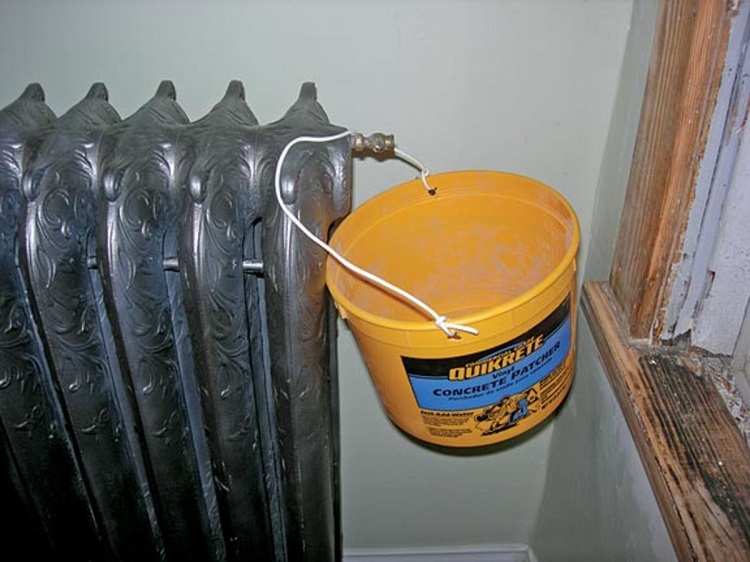
Cast iron does not lend itself to welding or soldering, so it is better to replace a leaked cast-iron battery immediately
Between sections it is difficult to put a collar or fix it to the maximum clamping. Perhaps, it will be enough to apply a cold patch lattice, on top of which a rubber winding is made. This is a temporary measure, at the end of the heating season, cast-iron batteries will have to be changed.
When a water hammer or system tests in several atmospheres, a small crack may break. Hot water can literally beat a fountain. Then they call the emergency team, after having previously cut off the coolant supply.
So, it is obvious that minor repairs of leaky radiators are a temporary measure. Such an "ambulance" is enough for a small leak in the midst of the heating season. Putting aside the replacement of leaky batteries until the end of winter is not worth the risk, thinking that this is enough, major repairs are no longer needed.An accident can occur at any time, even if the patch or clamp is installed in good faith. Upon completion of the repair, it is advisable to repaint the batteries, especially if there are traces of “rusty” stains on them.
